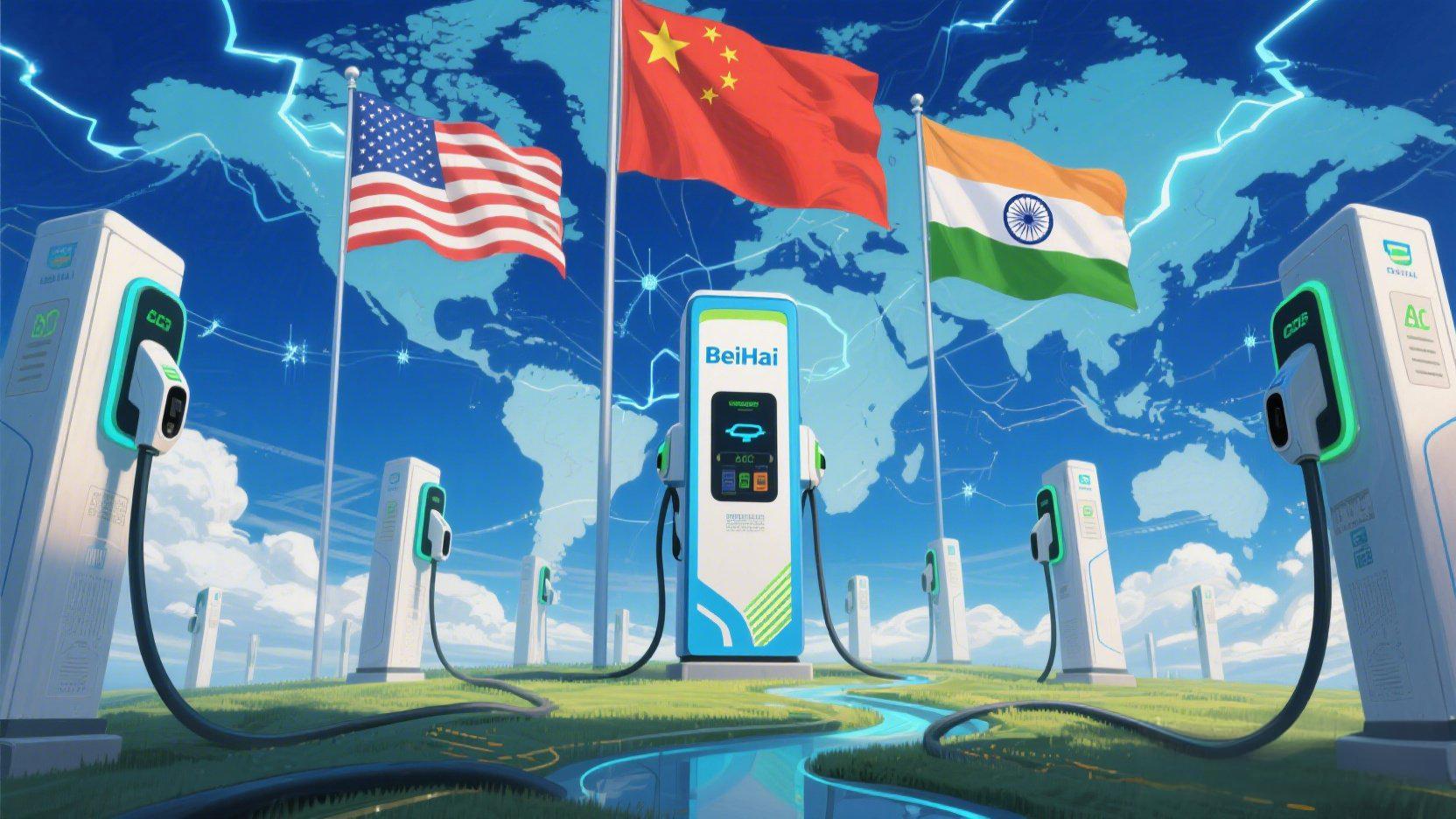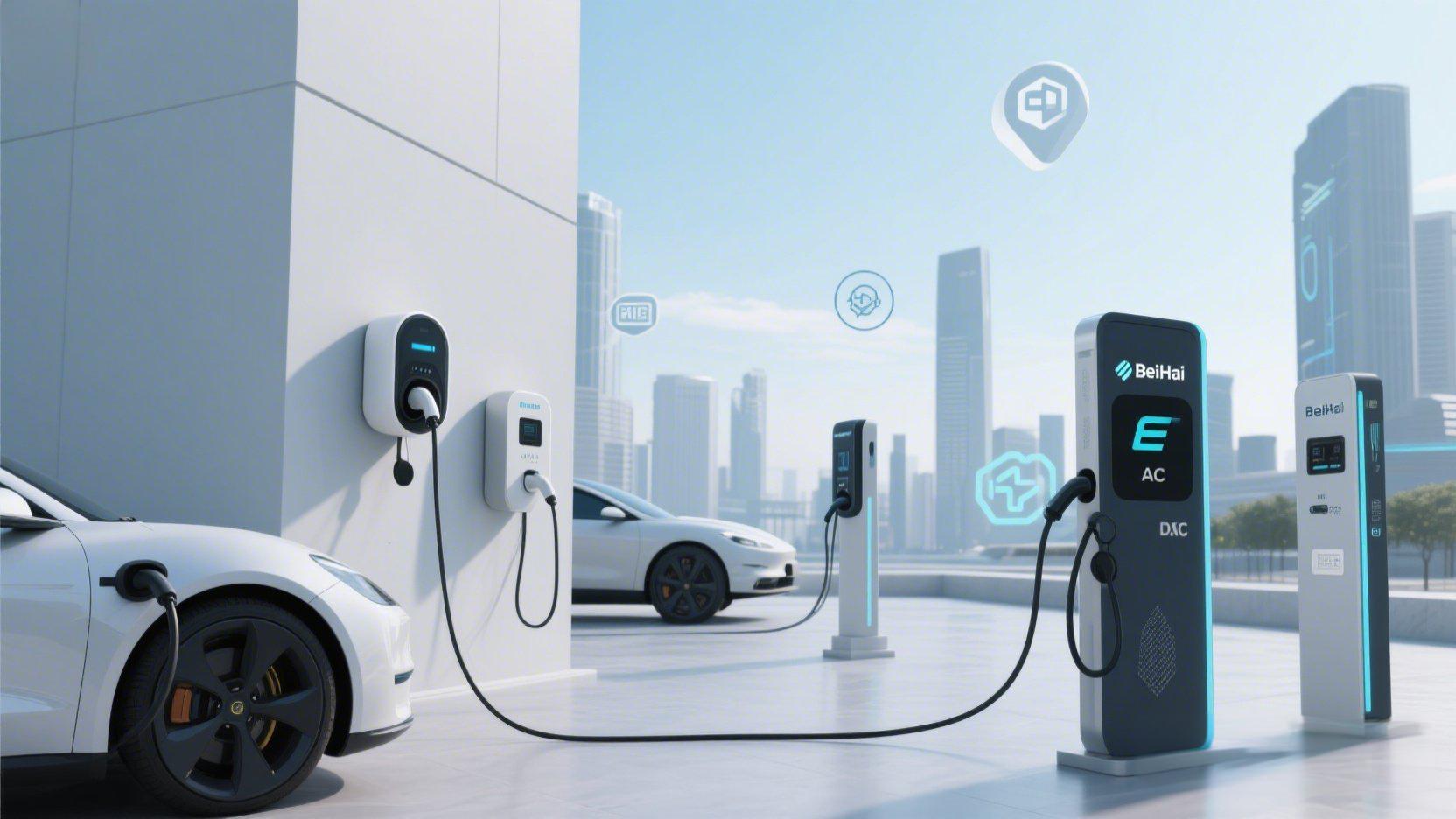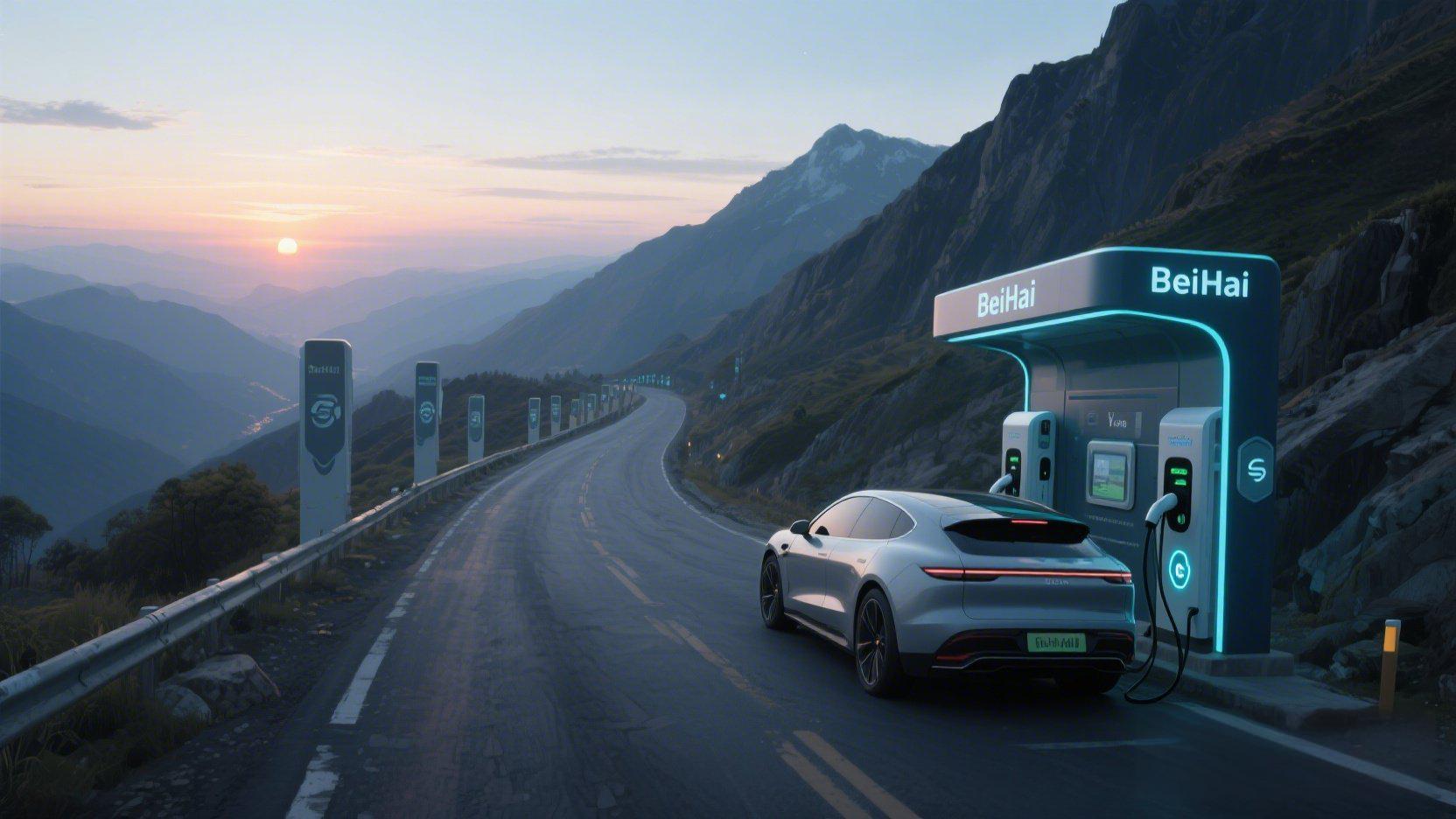As of April 2025, global trade dynamics are entering a new phase, driven by escalating tariff policies and shifting market strategies. A major development occurred when China imposed a 125% tariff on U.S. goods, responding to the United States’ earlier increase to 145%. These moves have shaken global financial markets — stock indices have dropped, the U.S. dollar has declined for five consecutive days, and gold prices are hitting record highs.
In contrast, India has taken a more welcoming approach to international trade. The Indian government announced a massive reduction in import duties on high-end electric vehicles, cutting tariffs from 110% down to 15%. This initiative aims to attract global EV brands, boost local manufacturing, and accelerate EV adoption across the country.

What Does This Mean for the EV Charging Industry?
The growing demand for electric vehicles, especially in emerging markets like India, signals a significant opportunity for EV infrastructure development. With more EVs on the road, the need for advanced, fast-charging solutions becomes urgent. Companies that produce DC Fast Chargers, EV Charging Stations, and AC Charging Posts will find themselves at the center of this transformative shift.
However, the industry also faces challenges. Trade barriers, evolving technical standards, and regional regulations require EV charger manufacturers to stay agile and globally compliant. Businesses must balance cost-efficiency with innovation to stay competitive in this rapidly evolving landscape.
The global market is in flux, but for forward-thinking companies in the electric mobility space, this is a defining moment. The opportunity to expand into high-growth regions, respond to policy changes, and invest in charging infrastructure has never been greater. Those who act now will be the leaders of tomorrow’s clean energy movement.
Post time: Apr-11-2025






